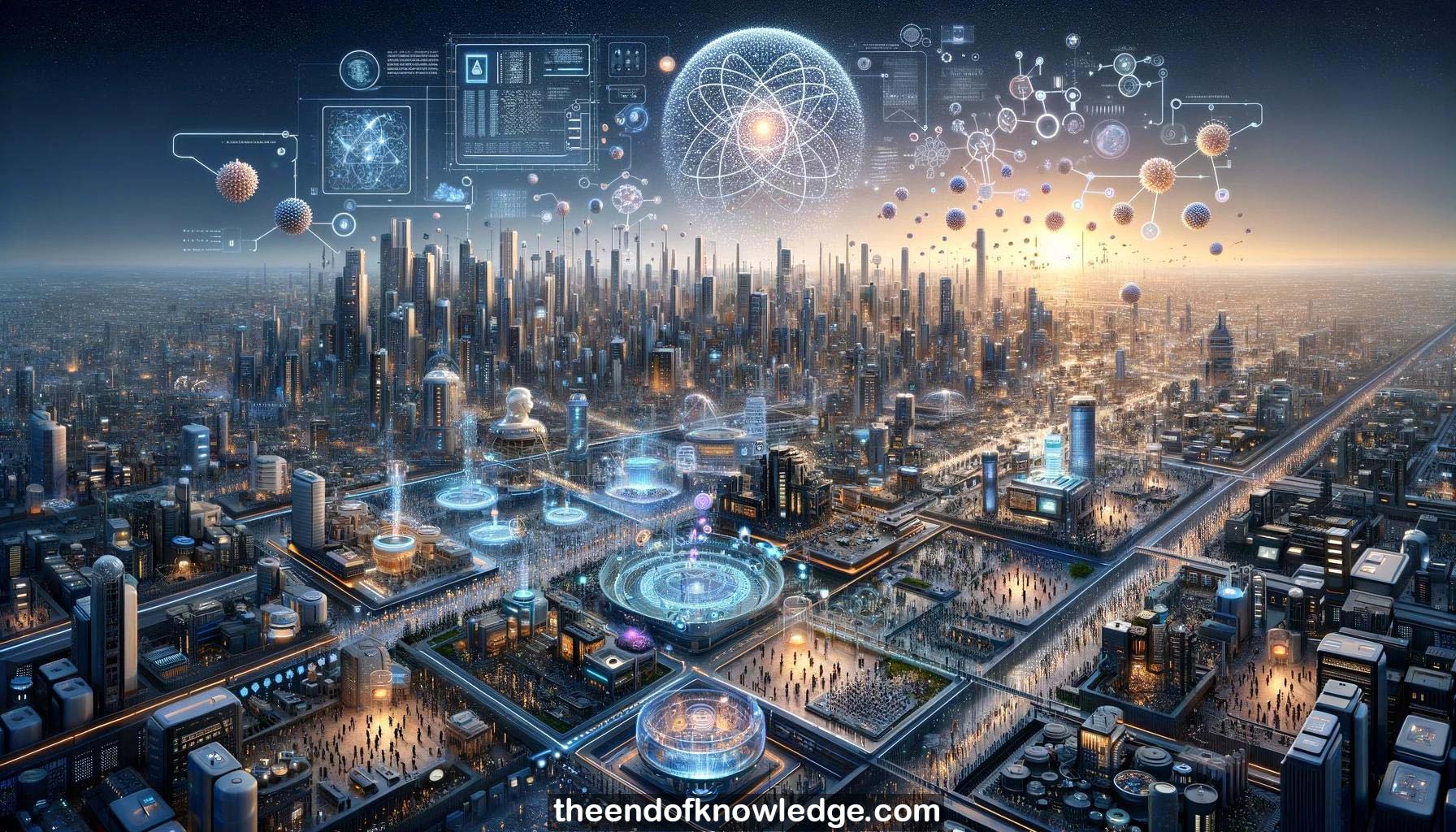 >
>
Concept Graph & Resume using Claude 3 Opus | Chat GPT4 | Gemini Adv | Llama 3:
Resume:
1.-The speaker sees AI as creating planetary-scale systems that involve humans, computers, data flows, decisions, learning and personalization to help humans at scale.
2.-Building these systems is analogous to developing fields like chemical and electrical engineering to make chemistry and electricity work at scale in the real world.
3.-Machine learning emerged as a real-world phenomenon in the 1990s with systems like Amazon's backend for fraud detection, supply chain management, and recommendations.
4.-The current era is focused on pattern recognition with neural networks, enabling speech recognition, computer vision and translation, but it's just one component.
5.-Emerging next are large-scale networks of decisions and data flows at a planetary scale, involving concepts from game theory, market design and economics.
6.-Real-world decisions require error bars, what-if experiments, provenance, dialogue, not just thresholding a single prediction, no matter how good the learning system is.
7.-Markets can serve as decentralized decision algorithms that are adaptive, robust, scalable with long lifetimes, analogous to intelligence. Research opportunities emerge combining microeconomics and machine learning.
8.-Load balancing issues arise when recommending the same item (e.g. restaurant, stock, route) to too many people. Markets can naturally handle this.
9.-Producers and consumers should be linked in two-way markets based on data analysis to attack scarcity, create jobs and wealth in domains like music.
10.-Research directions include multi-way exploration markets, adding UCB exploration to reinforcement learning, and controlling false discovery rates in networked asynchronous decision making.
11.-In multi-armed bandits with competition, agents may pick popular arms less due to conflict, requiring game theory. Logarithmic regret is still possible.
12.-Adding UCB exploration to Q-learning leads to improved square root regret bounds compared to epsilon-greedy exploration, connecting to model-based RL.
13.-In multiple hypothesis testing, controlling the false discovery rate (FDR) is important since most surprising results amplified tend to be the false ones.
14.-Online FDR algorithms exist that control FDR at any time by adaptively allocating an error budget as a function of past discoveries.
15.-The speaker aims to build distributed ML systems for complex real-world decision making, like an improved worldwide medical system to respond to pandemics.
16.-Ray is a distributed system for decision-focused ML that runs from a laptop to the cloud, unifying libraries for training, serving, RL, etc.
17.-Ray provides distributed tasks (functions) and actors (objects) in Python, allowing code to easily scale with minimal changes. Performance reaches 1M tasks/sec.
18.-Ray is open-source on GitHub, used in production by companies for applications like rapid recommender system updating, improving click-through rates.
19.-While current ML focused on pattern recognition is remarkable, it is a commodity and not enough for consequential decisions that require explanations and dialogue.
20.-Future ML systems must incorporate ideas from economics and markets for large-scale decision making. New problems and mechanisms spanning ML and economics will emerge.
Knowledge Vault built byDavid Vivancos 2024